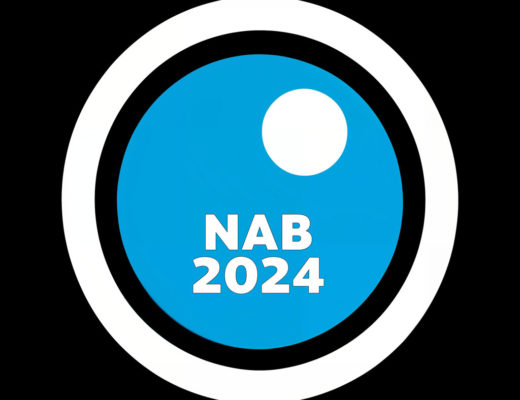An important step in defining a Digital Asset Management system or a Web Content Management System strategy is to define the metadata and taxonomy needs that will support an organization’s goals for categorizing and relating both assets and content.
Having worked with numerous clients and partners on defining such a strategy I’ve seen that it is very easy to confuse taxonomy with metadata or vice versa.
What is Metadata?
Metadata is data about data! Think of metadata as information about an asset beyond the basic filename. Any sort of attribute or element that helps to define or describe a particular image, document, presentation or spreadsheet would be considered metadata.
iTunes and eBooks all use metadata to display information to users about the song they are listening to or the book they are reading.
In the case of Digital Rights, metadata can be used to help protect an asset’s intellectual property rights.
What is Taxonomy?
Taxonomy (from Greek “taxis” meaning arrangement or division and “nomos” meaning law) is the science of classification according to a pre-determined system with the resulting catalog used to provide a conceptual framework for discussion, analysis, or information retrieval
Related articles by Zemanta
- So what is metadata, anyway? (digitalassetmanagement.org.uk)
- Semantic Web: Linking up Libraries and Beyond (digitalassetmanagement.org.uk)
- SharePoint 2010 Metadata and Taxonomy Management Overview (digitalassetmanagement.org.uk)

Filmtools
Filmmakers go-to destination for pre-production, production & post production equipment!
Shop Now
![Taxonomy vs. Metadata 3 Reblog this post [with Zemanta]](http://img.zemanta.com/reblog_c.png?x-id=2fc6852c-d387-49fe-aea2-33d494fa24a3)












